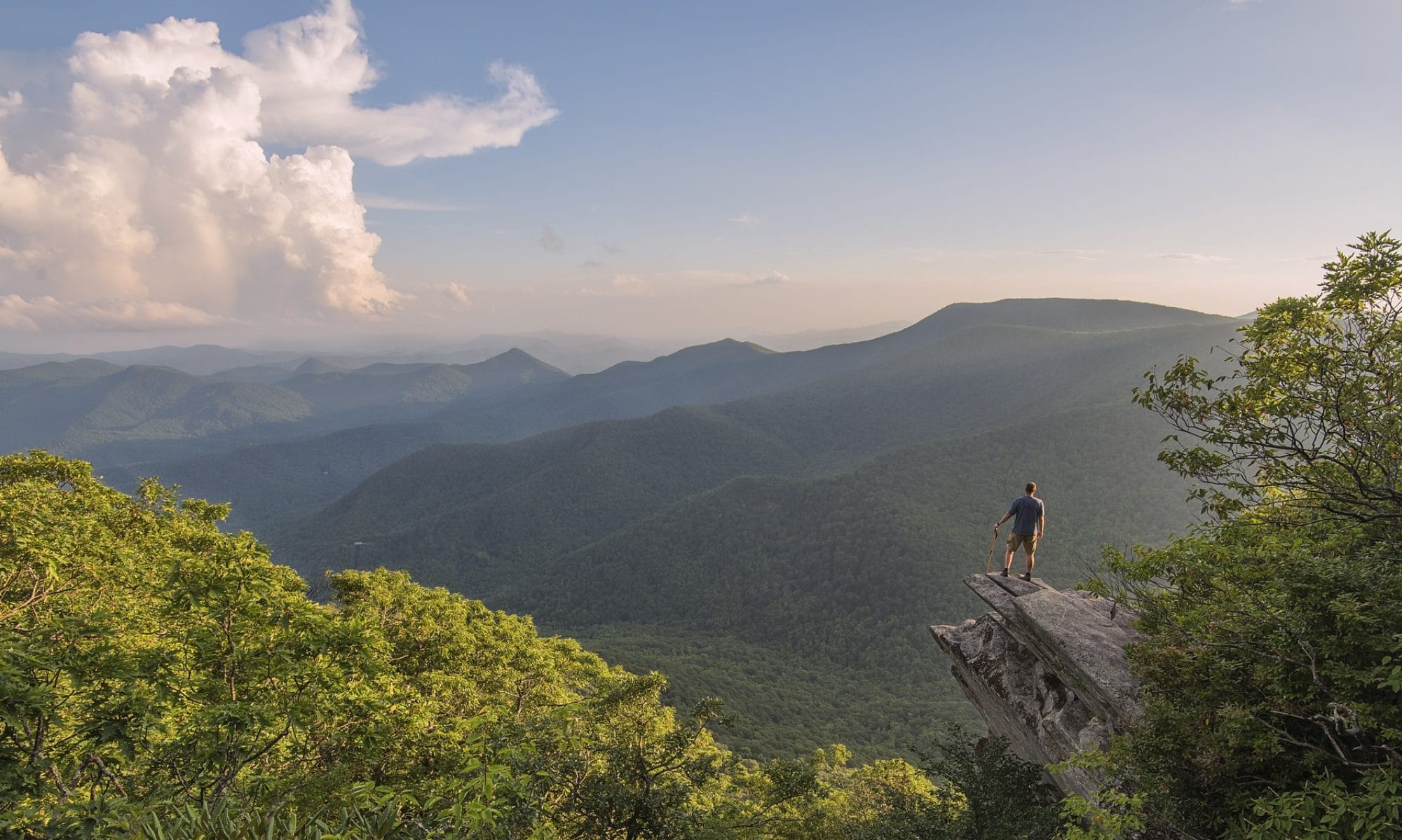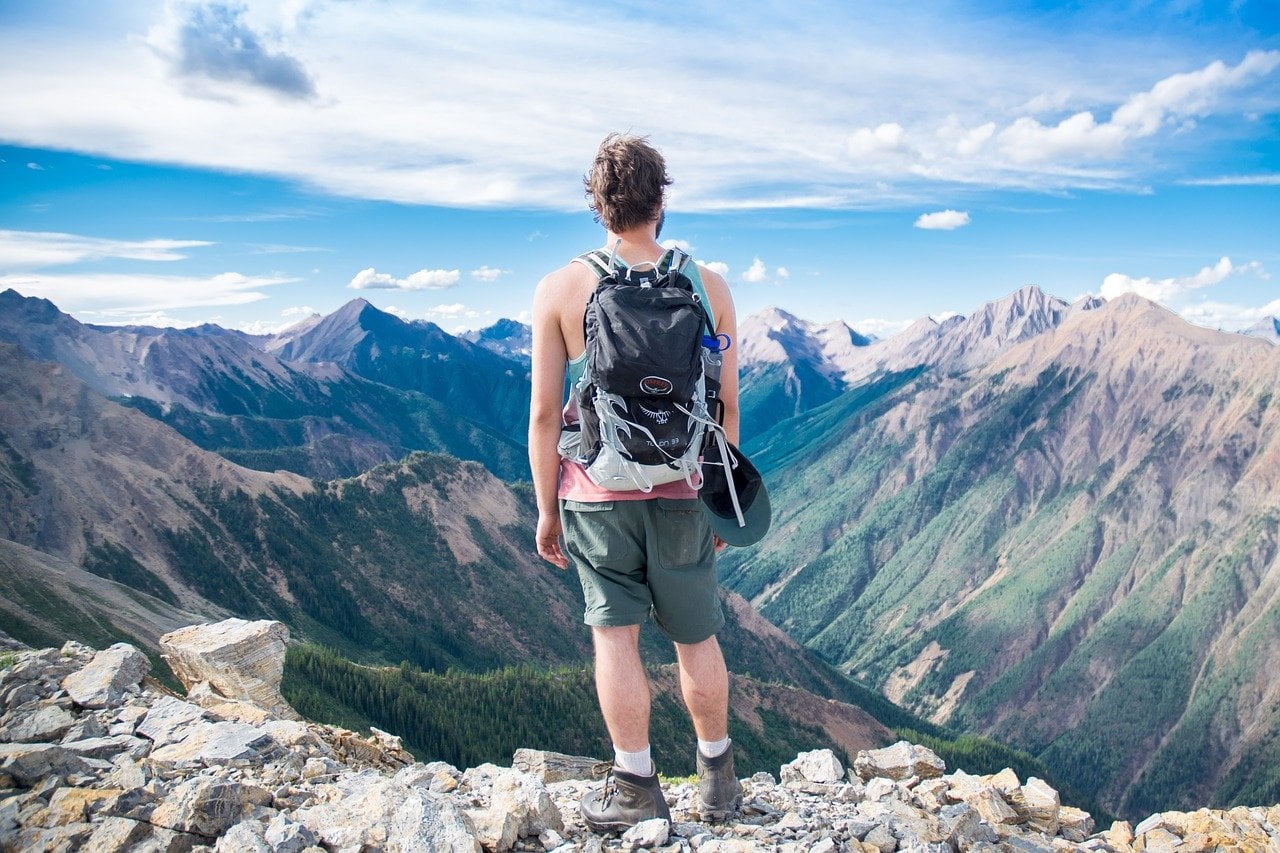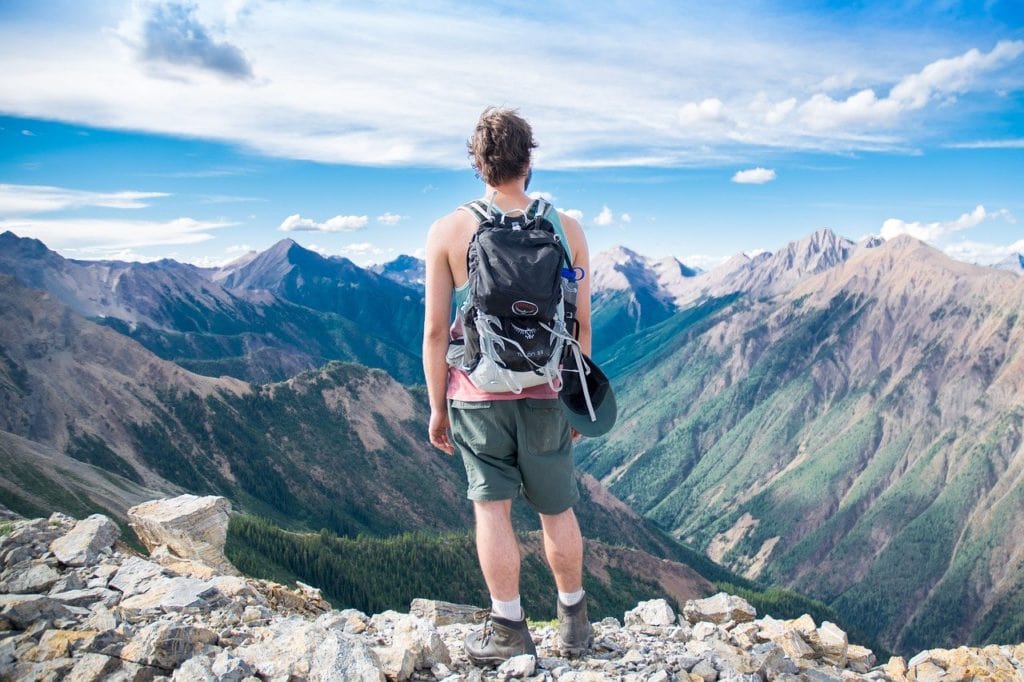Mountain sickness, or Acute Mountain Sickness (AMS) is a phenomenon that can occur in any person when certain conditions are met. The latter are not clearly defined because they depend on each organism. However, it is generally accepted that the risk exists beyond 2000 m. So how to avoid mountain sickness?
Recognize symptoms
The headache
It is the most classic and least severe symptom. An analgesic intake such as Doliprane and good hydration will make it disappear. Similarly, an oxygen intake or loss of altitude will be sufficient to remove it.
Nausea and other inconveniences
More embarrassingly, mountain sickness can manifest itself in various forms:
- Nausea
- Vomiting
- Difficulties of falling asleep
- Loss of appetite
- Significant fatigue
- Dizziness…
These symptoms may appear 4 to 12 hours after arrival at altitude, then disappear after a few days at the same altitude.
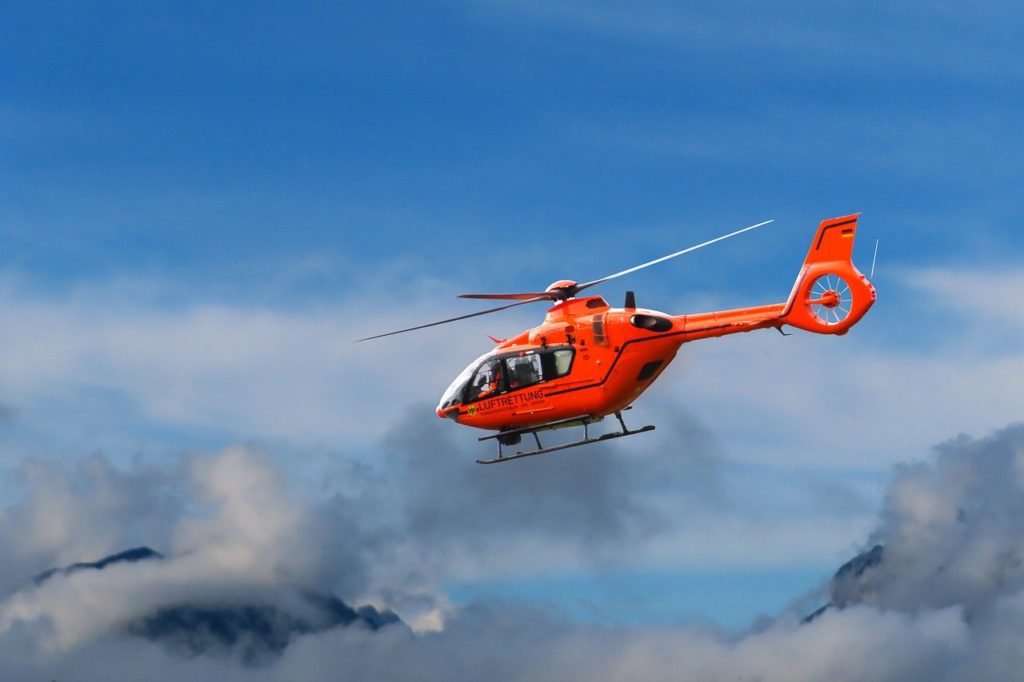
Edema
This is the most serious form. Indeed, it requires a rapid reaction (re-descent, hyperbaric chamber and/or corticosteroids) to avoid death. The edema can be cerebral or affect the lungs. In the first case, loss of consciousness is the hallmark. In the second, shortness of breath, pink spitting and crackling should alert you.
How can we avoid this sickness?
The key is the progressivity of the ascent. Indeed, a positive change in altitude too abrupt when you are already relatively high (beyond 2000m) is the main trigger factor. The recommendation is therefore to climb in levels of 300m per day or to stay two days at the same altitude before a more substantial climb. In this way, the body has time to adapt to changes in pressure.
Are children affected?
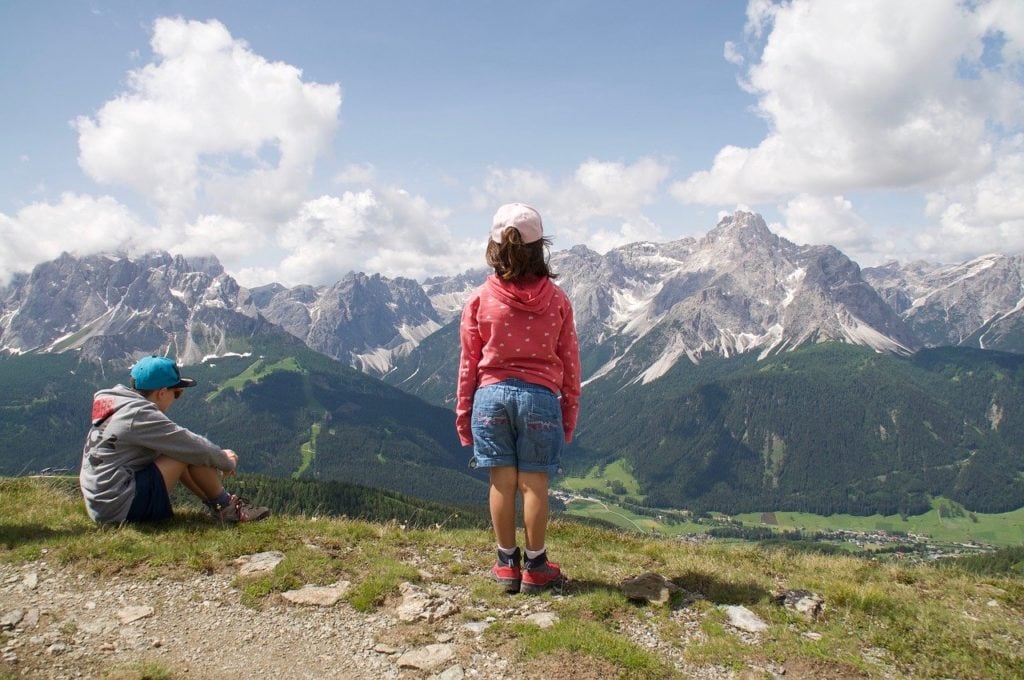
This phenomenon spares no one. Moreover, even people who are used to the mountains, can one day experience it. However, the habit of the mountain decreases the risk of appearance. Children are therefore naturally concerned. You even have to be extra vigilant because they may not report the first symptoms.
How likely am I to get mountain sickness?
Obviously, everyone has their own biology, but on average, a person has a 20% chance of having it at 2000 m and 50% chance at 4000 m.
Now that you know how to avoid mountain sickness, you can choose a hiking holiday that suits you with or without altitude!
And to remember nothing, check out our checklist!
This article is inspired by the translation of the following sources: Doctissimo, Wikipedia,Sante-sur-le-net
